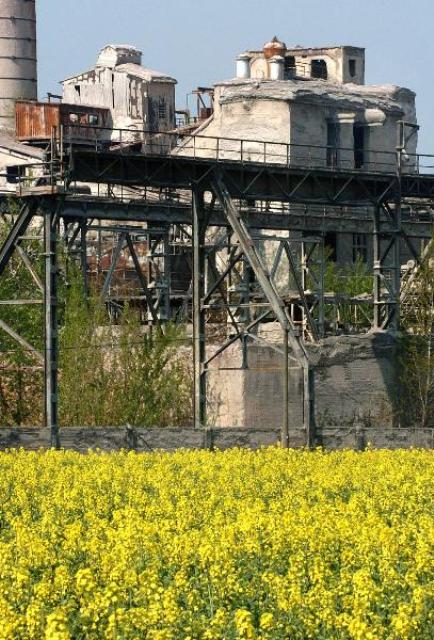













INTRODUCTION | DOCUMENTS | IMAGES | MAPS | EDITOR
|
On July 1, 1990, the Monetary, Economic, and Social Union took effect, and Chancellor Helmut Kohl used the occasion to deliver a televised address on transforming the East German federal states into "blooming landscapes where it is worthwhile to live and work.” This optimistic perspective underestimated the onerous legacy of the GDR economy and the difficulties of the restructuring process. Abruptly transformed and liberalized, the East German economy was suddenly exposed to international competition. Additionally, the COMECON system, and with it the Eastern trade of the (former) GDR, collapsed in both directions. This had drastic consequences for the East German economy: in 1991, industrial production dropped to a third of its average value in the first half of 1990. Within two years, about 4 million jobs were lost, especially in the industrial sector. At the same time, the number of unemployed initially soared to over a million (1991), later to over 1.5 million (1997), and then to 1.6 million (2003). In this photo: rape plants bloom in front of the decrepit former cement works in Nienburg an der Saale (Saxony-Anhalt). The former nationally-owned enterprise [Volkseigener Betrieb or VEB] has been closed for years and is slated for demolition. Photographer: Peter Förster.
picture-alliance / ZB
|
 print version
print version return to image list
return to image list previous image
previous image
